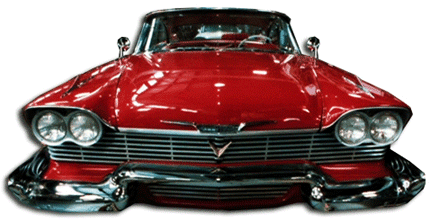 Ford says it will have a fully driverless car by 2021:
Ford says it will have a fully driverless car by 2021:
Ford Motor Co. plans to release a fully driverless car without a steering wheel or pedals in the next five years, the latest salvo in a technological arms race engulfing the global auto industry. The Dearborn, Mich., auto maker on Tuesday said it would initially target ride-sharing fleets and package-delivery services with the unnamed model, underscoring the still-incremental approach many car companies are taking before offering vehicles to consumers that don’t require humans behind the wheel.
Ford expects the first of its driverless cars to be used by commercial-fleet operators looking to cut the costs of employing human drivers, company executives said. The vehicles largely will be confined to cities with pre-mapped zones designed for autonomous vehicles.
This is exactly how we should expect driverless cars to evolve. Here’s how one eminent expert described it several years ago:
Take driverless cars. My newspaper is delivered every day by a human being. But because humans are fallible, sometimes I don’t get a paper, or I get the wrong one. This would be a terrific task for a driverless car in its early stages of development. There are no passengers to worry about. The route is fixed. Delivery is mostly done in the early morning, when traffic is light. And the car’s abundance of mapping and GPS data would ensure that it always knows which house is which.
The next step might be passenger vehicles on fixed routes, like airport shuttles. Then long-haul trucks. Then buses and taxis. There are 2.5 million workers who drive trucks, buses, and taxis for a living, and there’s a good chance that, one by one, all of them will be displaced by driverless vehicles within the next decade or two.
Oh, shucks, that was me. And it was pretty obvious, so I hardly get any brownie points for it. Technology never goes from zero to finished in a single step.
By 2020 or so, we’ll have fully autonomous cars but with limited capabilities. They’ll do only specific things (delivering packages, delivering newspapers) or operate only in specific areas. Then the limits will be incrementally removed. Remove the area limitation but keep the fixed routes and you have long-haul trucking. Remove the fixed routes but keep the area limitation and you have taxis. Eventually you remove all the limitations, and you have driverless cars. That’s probably around 2025 or so. Your glorious future awaits.

















